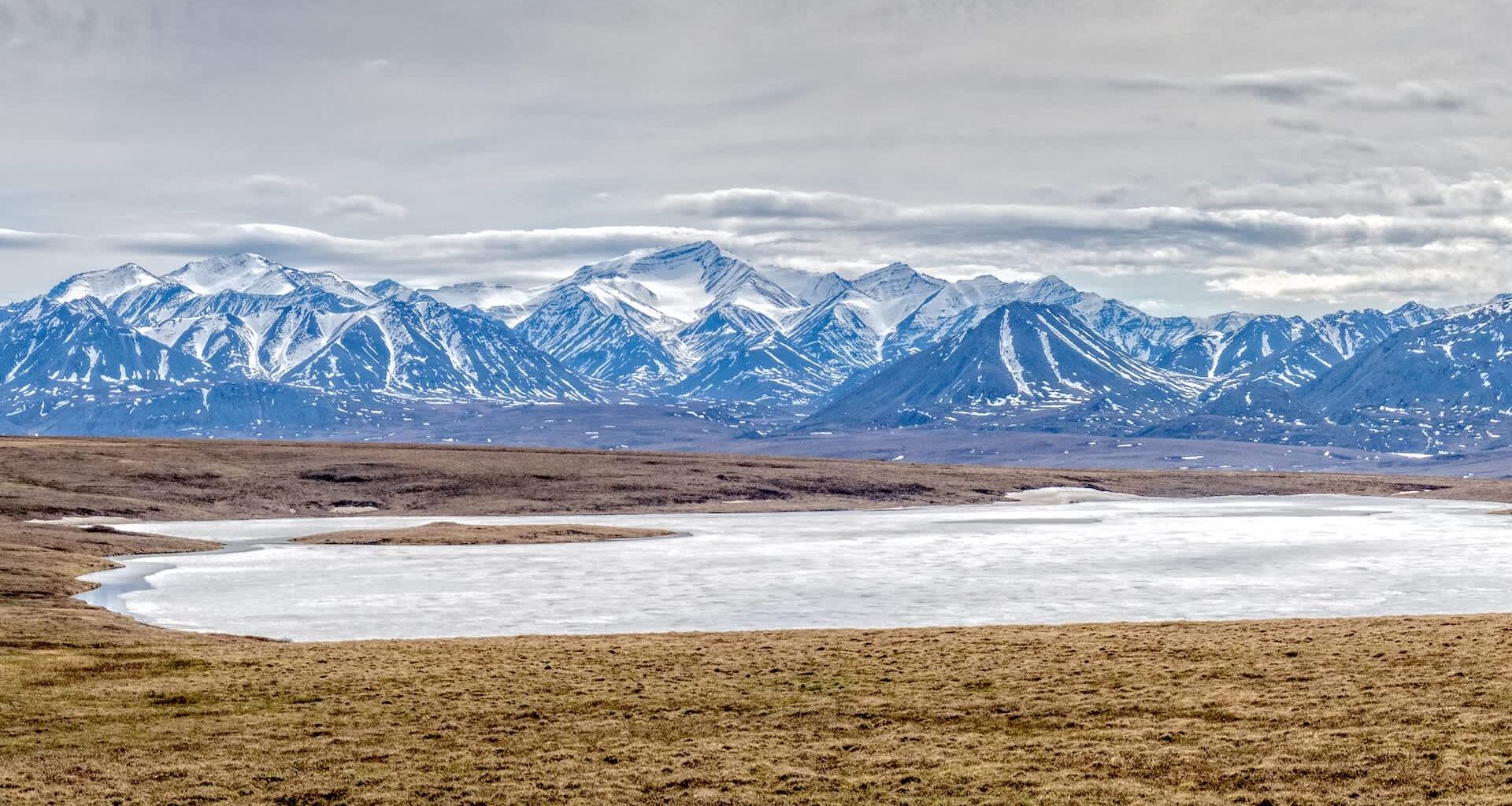The National Petroleum Reserve in Alaska is the largest expanse of public land in the U.S., encompassing nearly 23 million acres — an area equivalent to the size of Maine. The reserve hosts an abundance of wildlife, but an effort to open 82% of it to oil and gas development could have irreversible consequences, an ecologist warned.
What’s happening?
The National Petroleum Reserve in Alaska was designated as an emergency oil supply for the U.S. Navy in 1923 before the U.S. Department of the Interior took over its management in the 1970s, according to Michigan State University professor and The Wilderness Society director of research Mariah Meek.
While the Department of the Interior manages the reserve for energy development, it must also protect “any significant subsistence, recreational, fish and wildlife, or historical or scenic value,” Meek explained. 11.7 million acres currently exist for oil and gas drilling, but the Trump Administration plans to open more than 18.5 million acres to the practice.
The plan, according to the Department of the Interior, is part of the administration’s goal to “strengthen America’s energy and economic security” — similar to measures in the recently passed budget bill that boost dirty energy and limit clean energy.
Why is oil and gas drilling in Alaska important?
If successful, the expansion will harm numerous wildlife species that depend on the reserve, Meek said. The reserve hosts tens of thousands of caribou, which use it for feeding and breeding. Migratory birds and fish also utilize the area’s waters.
Three of four caribou herds on Alaska’s North Slope rely on the National Petroleum Reserve for critical habitat. Caribou populations have declined by 65% over the past few decades, according to the National Oceanic and Atmospheric Administration, and infrastructure for oil and gas drilling could further disrupt their habitat.
This infrastructure could also have consequences for the 72% of Arctic Coastal Plain shorebirds that nest in the reserve, Meek explained. The area has some of the highest densities of breeding shorebirds in the world due to its location at the northern end of five flyways.
Other species, such as polar bears, wolverines, moose, and birds of prey, could experience impacts, as well as Indigenous communities that live in the area. Expanding oil and gas drilling would produce pollution and habitat loss, and these consequences wouldn’t be confined to Alaska.
The National Petroleum Reserve and the Arctic ecosystem influence the climate around the world, Meek warned. The Arctic is warming three times faster than the rest of the world, according to the World Wildlife Fund, and this warming is leading to rising sea levels, more extreme weather events, and other consequences.
What’s being done about oil and gas drilling?
While the Bureau of Land Management closed the project to public comments on July 1, you can still contact your representatives and tell them to oppose the expansion of oil and gas drilling in the National Petroleum Reserve in Alaska. You can also explore critical climate issues to educate yourself about them.
Join our free newsletter for good news and useful tips, and don’t miss this cool list of easy ways to help yourself while helping the planet.
